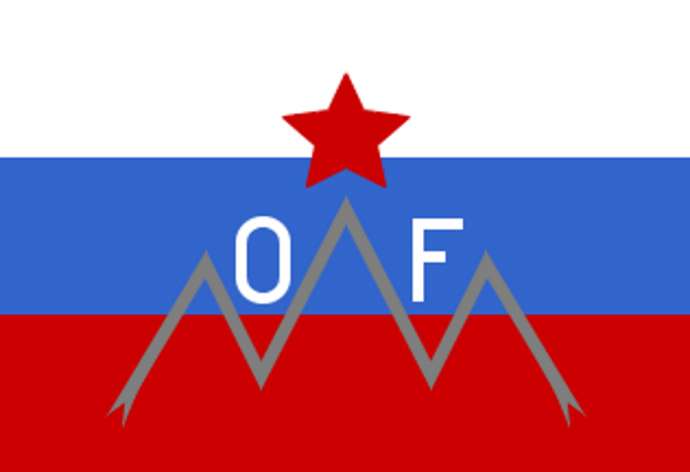STA, 27 April 2022 - Slovenia observes the Day of Uprising Against the Occupation on Wednesday, remembering the day 81 years ago when the Liberation Front, an organisation that spearheaded armed resistance against the occupying forces in WWII, was established.
The main national ceremony took place already last evening on Mala Gora, a hill near Ribnica in the south where an armed clash took place on 13 May 1941 after the occupation of the Kingdom of Yugoslavia in April.
The location of the ceremony proved to be controversial already last year, when it hosted the resistance day ceremony for the first time.
This year it was questioned by several veteran organisations, the Slovenian president and the parliamentary speaker, neither of whom were in attendance.
While the organisers say it was the site of the first armed clash between the anti-fascist TIGR organisation and the occupying forces, not all veterans or historians agree.
The coordination of patriotic and veteran organisation sees it a "a deliberate attempt to undermine the historical role of the Liberation Front".
The keynote speaker, National Council President Alojz Kovšca, said the TIGR fighters had long been "robbed of their identity" and the organisation's contribution to liberation long ignored, so they deserved the attention.
A number of events will take place around the country today.
President Borut Pahor will open Presidential Palace to members of the public and address them, and lay a wreath at the Liberation Front memorial in Rožna Dolina borough.
A major event will be held on Mt Nanos in the south-west to mark 80 years of one of the first major battles of Partisans in Primorska region.
For Slovenians, WWII started on 6 April 1941, when Nazi Germany attacked the Kingdom of Yugoslavia by bombarding Belgrade.
Slovenian lands were occupied by the Germans, Italians and Hungarians, and a few settlements by the pro-Nazi Independent State of Croatia.
The Anti-Imperialist Front, as the Liberation Front was initially known, was formed on 26 April 1941 by representatives of the Communist Party of Slovenia, the Sokoli gymnastic society, the Christian Socialists and a group of intellectuals, but it soon became dominated by the Communist Party.
While its role was never questioned before Slovenia became independent in 1991, not all historian see eye to eye on it now.
While there is no doubt that it helped defeat Nazism and Fascism, the Communists committed summary killings immediate aftermath of WWII, and introduced an undemocratic political system; Slovenians had to wait until 1990 for the first post-WWII multi-party elections.







